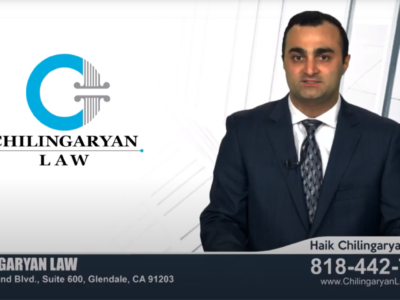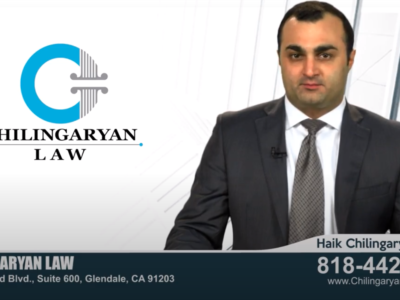
Income Shifting Strategies
This segment discusses different strategies that can potentially help a business owner become more tax efficient. Some methods include the restructuring of a business and establishing tax-deductible retirement plans.
Synopsis
The concept of characterization of income (or shifting of income) may result in the preservation of significant wealth. One method of shifting of income is through retirement planning. Another method is the restructuring of a business entity.
Retirement Planning
If the taxpayer is working and participating in a 401K with his employer, or he has an IRA, meaning it’s funded entirely by the taxpayer, the money that goes into such accounts may save him on taxes.
When the taxpayer puts money in such plans, he decides that instead of paying taxes now, he will instead pay taxes when he take those funds out, preferably when his tax brackets are likely to be reduced at his retirement. That’s because his total taxable income is likely to be lowered since he is no longer working, thereby lessening his income tax obligations.
Conversely, if the taxpayer decides to take the money out between now and 2025 (when the newly lowered rates are likely to expire), he may significantly save on taxes by paying at a lower rate now than take the money out later and potentially pay at a much higher rate later, even when he is no longer working for a living.
Restructuring a Business
Another way of becoming more tax efficient is by restructuring a business entity. The business owner may want to consider changing his business entity structure. There are different types of business entities, such as pass-through entities or C-corporations. The business owner may want to consider switching from a C-corporation to an S-corporation, or vice versa.
Types of Tax-Deductible Retirement Plans
For those business owners who want to shift larger amounts of income, there are other tools that they might not be aware of, including retirement plans such as establishing defined benefit or defined contribution plans, or some kind of a hybrid thereof.
72% of Small Business Owners Don’t Have Tax-Deductible Retirement Plans
There are three reasons for why small business owners do not have tax deductible retirement plans. First, business owners don’t think they will get a large enough share of the plan contribution. Second, business owners think that the plan’s administration is too costly and there is just too much paperwork. Finally, the typical business owner doesn’t know where to go for advice or how to begin the planning process.
Incentives for Having Tax-Deductible Retirement Plans
There are three main incentives for a business owner’s sponsorship of a retirement plan. First (and the obvious) are the retirement benefits themselves. The second incentive is that the retirement plans may allow for tax deductions, thereby leading the business owner to become more tax efficient. The third benefit is that if a governmentally protected retirement plan is implemented, the plan can provide asset protection, meaning the money in such accounts will generally be out of a creditor’s reach.
The Sad Truth on Governmental Retirement Programs
If you are relying on the government for your retirement savings, you need to be very careful. For example, California has unfunded pension liabilities. California currently has tens of billions of dollars of debt in its pension program. Similarly, social security has been seeing a pending crisis since the ratio of those putting in versus those taking out has gotten narrower.
Tax Incentives
As for taxes, these plans can generally give large tax deductions. In addition, they allow the taxpayer to potentially pay less taxes because the tax bracket may now be lower due to the shift in the taxpayer’s income. This is more true now than probably ever before since nearly all of the individual brackets have been considerably lowered until 2026.
There is also a new deduction for pass-through business owners known as Qualified Business Income. The added benefit of QBI sweetens the pie for the business owners who want to potentially save more on taxes than they otherwise would have under the old tax code.
Asset Protection
Both the federal government and the state provide a safeguard for the assets that are held in certain types of retirement plans. This means that if a creditor should obtain a judgment against the taxpayer, the assets held in such plans will generally be out of reach of such a creditor’s hands.
Why Tax Planning Matters
A person’s tax bracket is a significant factor in determining any potential planning strategies that may be available for him. If a taxpayer is in a lower bracket, then he might want to take some of that money out now and pay at a lower rate. If the taxpayer is in a higher bracket, he might want to consider income shifting strategies in order to lower his tax bracket. However, if the taxpayer takes money out before the age of 59.5, he will generally pay a 10% penalty in addition to the regular tax that may otherwise be due upon the withdrawal of such funds.
Important Note: Chilingaryan Law or its affiliates are not rendering legal, financial, or tax advice by providing the content above. No attorney-client relationship is formed based on the information provided above. The above content is designated only for educational use. Accordingly, Chilingaryan Law assumes no liability whatsoever in reliance to its use. Additionally, certain changes in law may affect on the legality of the information provided above, and certain circumstances of the reader may vary the applicability of the above content to his or her situation.



